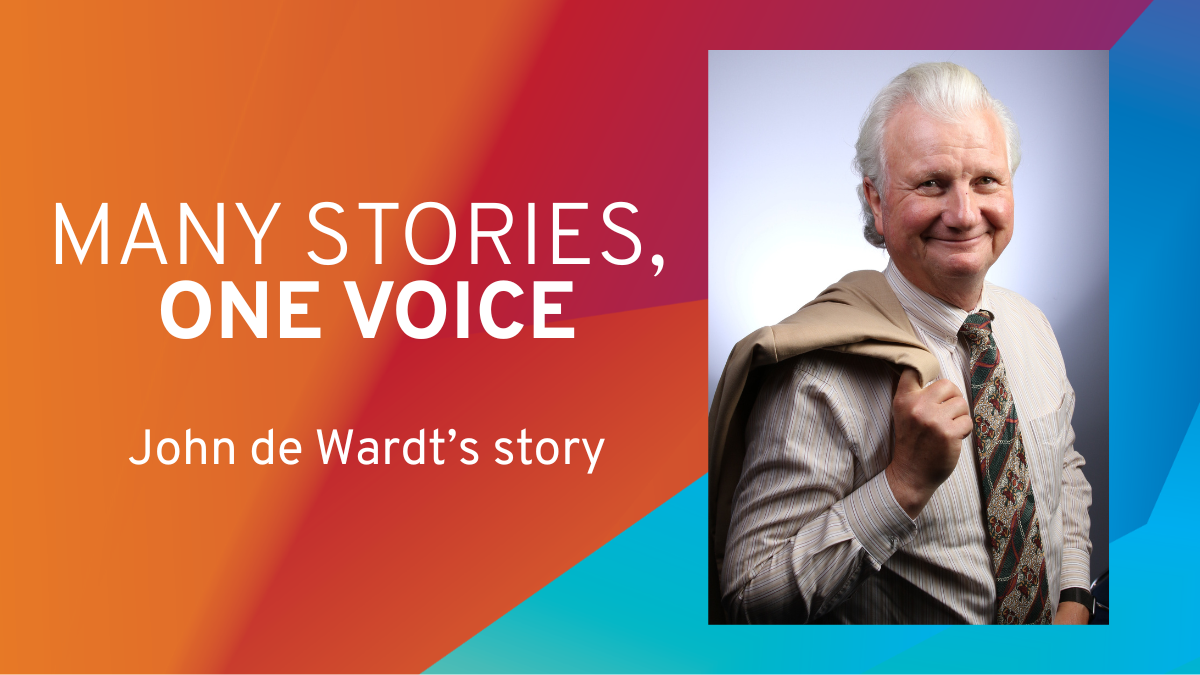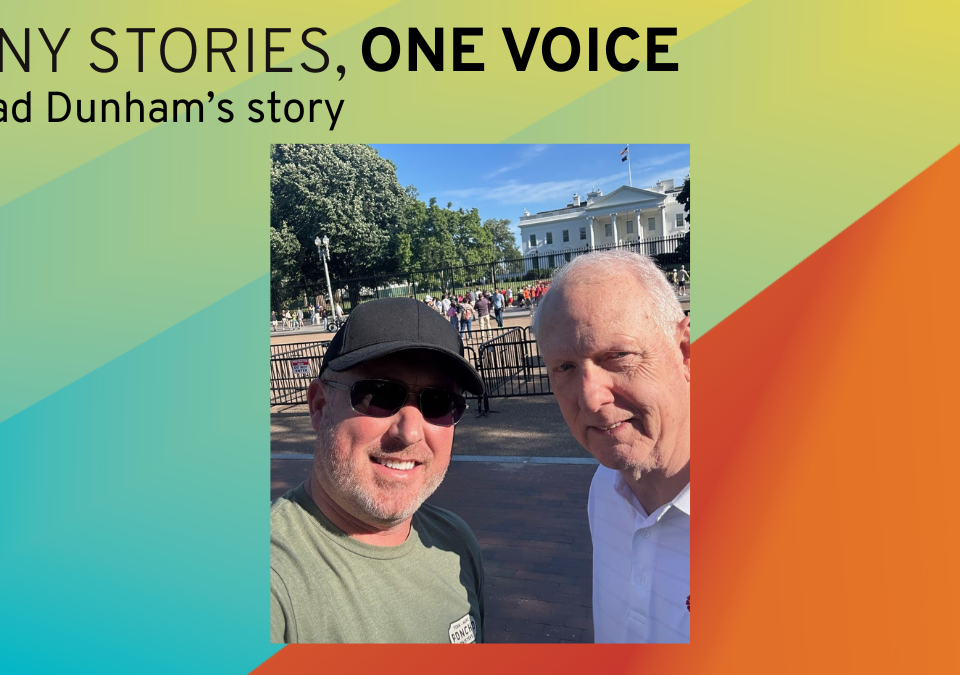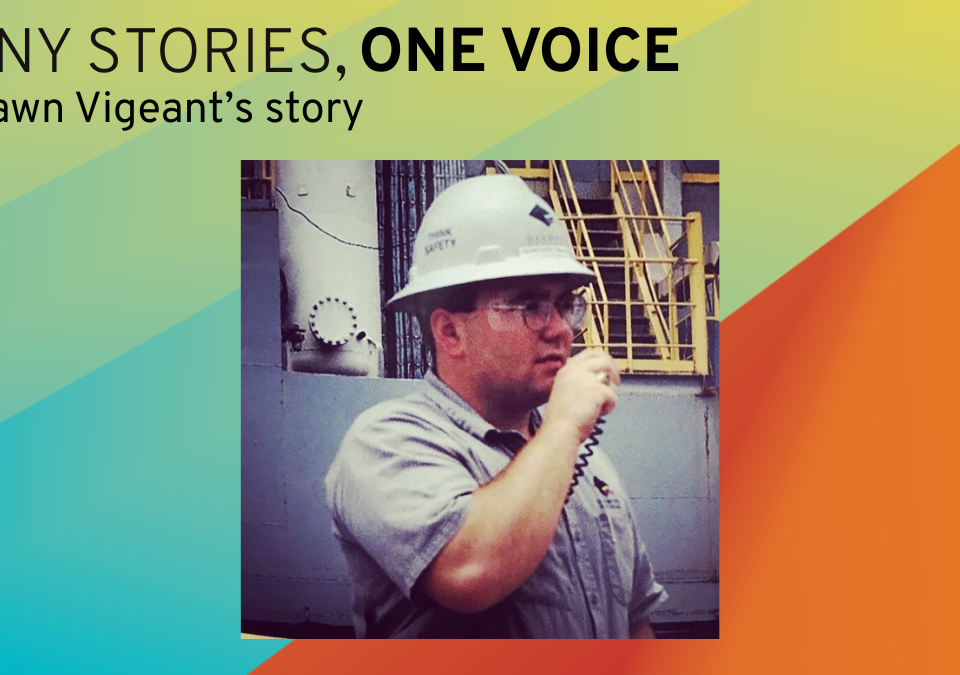John de Wardt’s Story

This story is from John de Wardt, Advisor to the IADC DDR Plus Initiative and Sensor Stewardship Initiative. John is a Global Management Consultant facilitating Wells Lifecycle Improvements, including Geothermal, and Strategic Planning in Uncertain Times.
Testing the Original Gearhart MWD
I joined Shell in 1976 and was assigned, after Shell Petroleum Engineering courses, to the operations in The Netherlands run by NAM (Nederlandse Aardolie Maatchappij) – a joint venture company between Shell and Exxon operated by Shell. I spent a year as a well site engineer on land drilling (highly deviated development wells) then offshore (exploration wells).
In 1978, I was assigned to a special position as a Project Drilling Engineer responsible for wellbore surveying. I supervised the resurveying of the Groningen gas field – at the time the largest gas field in the world – using free gyros to replace the drilling surveys with magnetic single shots. The aim was to reduce bottom hole position uncertainty to improve the probability of a successful relief well interception in the event of a blowout – an event viewed as catastrophic given the high reservoir pressures and highly visible location.
In this endeavor, I was teamed up with Chris Wolff, a Measurements research engineer in Shell Research Rijswijk. Chris and I embarked on a quest as a team to discover all the sources of error in magnetic surveys (Chris’s specialty) and Gyro Surveys (my specialty). We gained recognition in Shell Central offices and Shell Research in Rijswijk as problem solvers. Rhein Escher, a Senior Drilling Engineer in Shell Central office, and Rubin Feenstra, Head of Drilling Research in the Rijswijk Research Labs, mentored us enabling an increased impact of our work. Our joint work led to the industry landmark SPE paper and JPT Journal known as the “Wolff and de Wardt Systematic Error Model” that remains the foundation of the current wellbore survey models developed and improved by ISCWSA.
Recognition of our work led to an amazing opportunity for me. In 1978, I was instructed to travel to Shell’s Central Office in The Hague for an important meeting. Surrounded by senior drilling engineering and operations managers, I was introduced to Marvin Gearhart. We discussed his proposal to test a prototype MWD tool in a well in The Netherlands. We enjoyed an informative dinner where I recognized Marvin as an exceptional person who was incredibly down to earth and inventive (all in one breath).
Shell agreed to undertake the test and put me in the role of responsible project engineer. The prototype MWD tool was shipped to The Netherlands and Monroe Knight (a Gearhart expert engineer) arrived to run it. Monroe and I met up with the tool at a NAM company rig in Coevorden. We went on site and introduced ourselves to the Company Man. Fortunately I knew him and had high respect for him and a good relationship. We discussed the tool running plan with Henk and then went to leave his office – he told me to hang back. Then he informed me that he “got the call” and that we could do anything we wanted to do. OK Henk – thanks for this message.
We ran the tool in the BHA and Monroe monitored the pulsed data. After some hours he came to me with a very, very long face. I asked what the issue was and he told me the tool had stopped pulsing. Then he explained that we would need to wait for a bit trip to retrieve it, some hours to repair and then run in on a later bit trip. I said no, we ask Henk to pull it out of the ground right away. He looked at me in total surprise and I told him “Henk got the call”. I went to Henk, explained what had happened and he instructed the driller to trip the MWD tool out of the hole. It was laid on the catwalk and Monroe went to work on it. Henk asked me how long we needed for the repair. I asked Monroe who said, “a few hours”. Henk told me “We will wait for him”. In 2 hours, Monroe had fixed the tool and the crew immediately picked up his MWD tool and ran it back into the well. The rest of the test was extremely successful – maybe this was the launch of a well-recognized industry technology into the drilling repertoire.
It still gives me goose bumps thinking that back in the late 1970’s, senior management would entrust such a young engineer (23 years old) to oversee such an important project and give me ‘carte blanche’ to use the rig drilling an operational well as a test bed. Those were great days – responsibility, action, opportunity and no worries about the cost.





